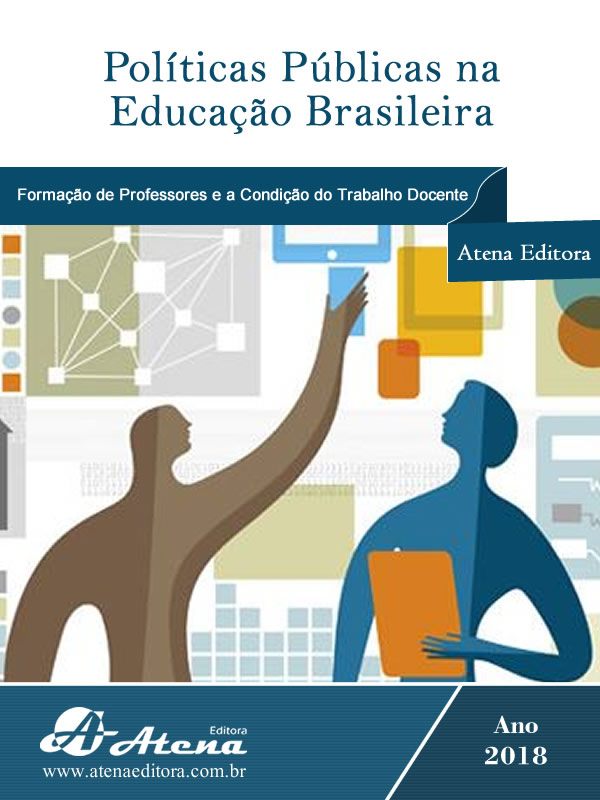
A SEMIÓTICA DOCENTE: AVALIAÇÃO DOS DOCENTES FRENTE AOS SABERES NECESSÁRIOS À PRÁTICA EDUCATIVA
No ambiente acadêmico, longe de um padrão individual ou cultural, foram
identificados dois tipos de docentes, de maneira grosseira, mais significativos: um
docente rígido e outro flexível. O docente rígido seria aquele que traria elementos de
uma docência conservadora, tradicional e que privilegiaria um conhecimento já
pronto e um script de aula e curso pétreos. Já o docente flexível seria aquele disposto
a mudanças, a aceitar o novo, flexibilizando o curso e rigidez conteudística para um
diálogo e aceitação de aprendizagem advindas dos alunos. Os objetivos do presente
trabalho foram os seguintes: i) identificar se existe a classificação entre docente
rígido e flexível; ii) diferenciar pelas respostas dos alunos entre essas duas
classificações segundo a utilização dos saberes à prática educativa; e iii) analisar a
influência da utilização dos saberes no âmbito educacional. Foram trabalhadas as
disciplinas do primeiro semestre (disciplinas básicas) dos cursos do Centro de
Ciências Biológicas, através das respostas dos alunos a um questionário virtual e
estruturado. 108 alunos responderam a pesquisa na qual certificaram a
estereotipagem do docente e sua influência na aprendizagem. 98% dos alunos
concordaram que a aprendizagem é significativa com o docente flexível, e 81%
discordaram desta aprendizagem com o docente rígido. Com isso, comprovou que o
aluno teve maior rendimento acadêmico com o professor flexível, porém em sua
percepção e satisfação ele preferirá atuar, no caso de um dia lecionar, na figura do
docente rígido.
A SEMIÓTICA DOCENTE: AVALIAÇÃO DOS DOCENTES FRENTE AOS SABERES NECESSÁRIOS À PRÁTICA EDUCATIVA
-
DOI: Atena
-
Palavras-chave: Paulo Freire; Sala de Aula; Relação Professor-Aluno.
-
Keywords: Paulo Freire; Classroom; Teacher-Student Relationship.
-
Abstract:
In the academic environment (far from an individual or cultural standard)
two types of docent were identified, roughly, most significant: a rigid docent and a
flexible docent. The rigid teacher practices a traditional teaching that would privilege
a ready-made knowledge and a perpetual class and courses. The flexible teacher
would be, an acceptance or novelty, making the course and content rigidity flexible
for a dialogue and acceptance of learning from the students. The objectives of this
study were: i) to identify if there is a classification between rigid and flexible teachers;
ii) to differentiate the students' responses between these two classes according to
the use of the knowledge to the educational practice; and iii) to analyze an influence
of the use of knowledge to the educational instruction. They were analyzed the
subjects of the first semester (basic disciplines) of courses of the Center of Biological
Sciences, through the students' answers to a virtual and structured questionnaire.
108 students answered the survey in which they certified the teacher's stereotyping
and their influence on learning. 98% of the students agreed with the learning and
work with the flexible teacher, and 81% disagreed with the rigid teacher. With this, it
was verified that the student had greater academic achievement with the flexible
teacher. However, in spite of their perception and satisfaction with the flexible docent
they prefer to act in their future career as rigid teachers.
-
Número de páginas: 15
- Mayara Lopes de Freitas Lima


